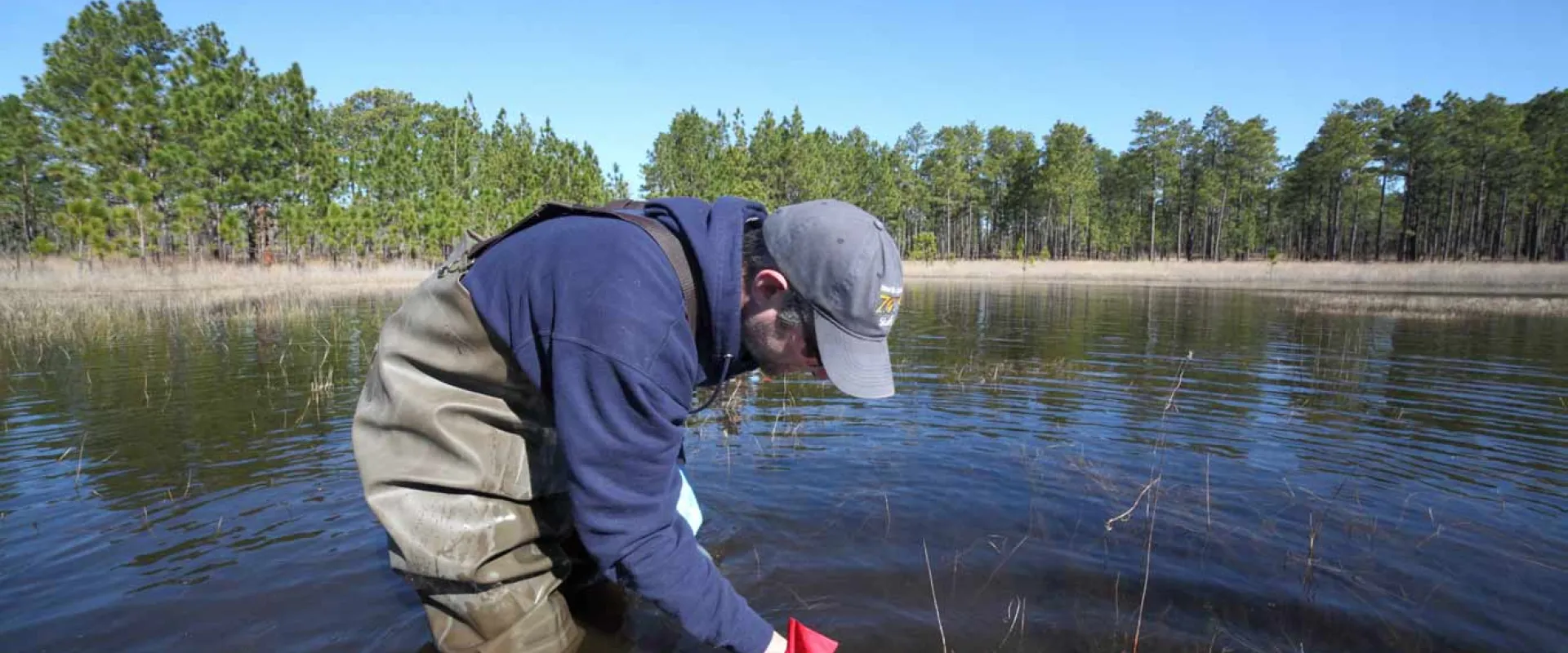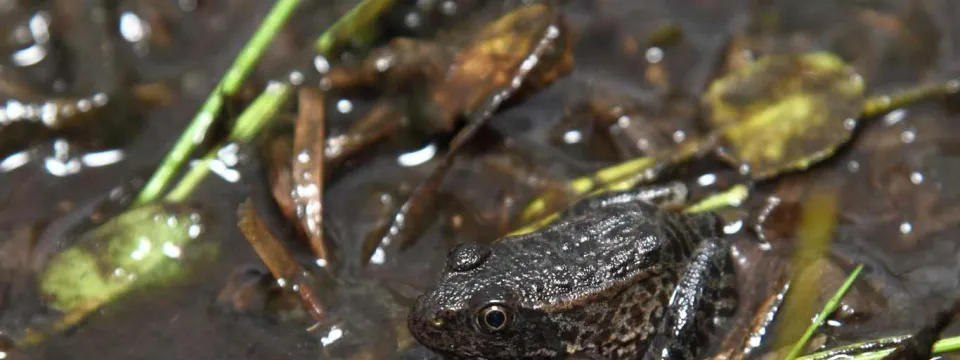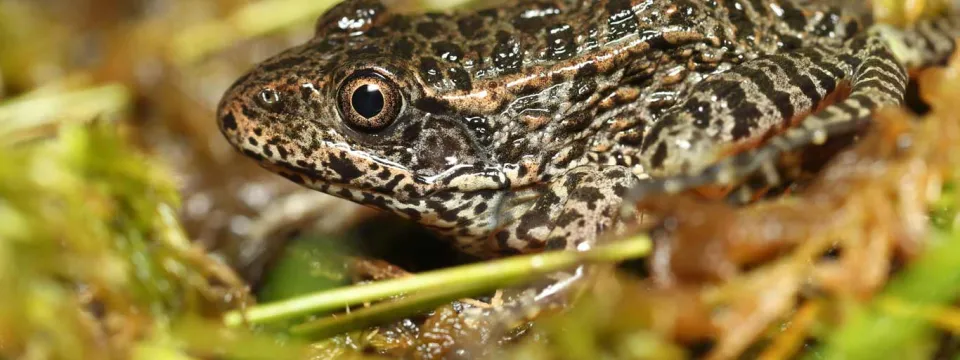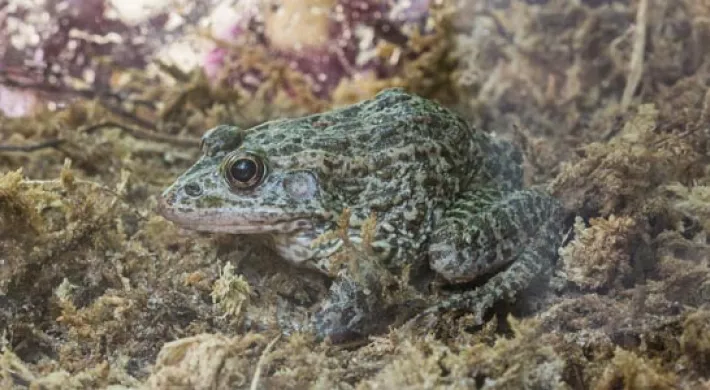The North Carolina Zoo just completed its seventh successful season of “head-starting” an army (or group) of one of North Carolina’s rarest amphibians, the gopher frog, in partnership with the North Carolina Wildlife Resource Commission (NCWRC).
“In 2022, we released just over 130 Zoo born and raised gopher frogs in the Sandhills, which brings our total number of frogs released into the wild since 2016 to more than 1,600,” said Curator of Herpetology Dustin Smith at the North Carolina Zoo.
The rare and secretive gopher frog resembles a toad and lives primarily in long-leaf pine savannas of the Sandhills area of North Carolina. The frogs have now been listed as endangered by the NCWRC, as populations have dwindled from 50 to only seven in the state.
The North Carolina Zoo has been “head starting” the frogs to grow their populations in the wild. Zoo staff have collected gopher frog eggs from the wild to the “tadpole nursery” at the North Carolina Zoo, where they are given a “head start,” safe from predators, habitat degradation, and environmental factors. After a few months, the tadpoles become froglets and released in new areas to start new populations.
The Zoo currently has over 140 tadpoles from a fall breeding cycle in the wild, that are being raised for release. Additionally, we have eggs produced from gopher frogs at the Zoo that are developing and should be hatching any day now! These frogs will eventually be released in the wild to help grow the wild population.
Some of the frogs released to the wild are wearing transmitters and are being closely monitored to learn more about their movements and habitat needs. The radio tracking has provided valuable information about gopher frog movements and refuge sites, as well as additional threats and more.
Frogs can be an important indicator species, serving as a measure of environmental conditions, because they live in two environments – both land and water. And frogs have thin skin and can absorb toxic chemicals, radiation, bad bacteria, and diseases. Frogs also play an important role in the food chain as they are both predator and prey. When frogs disappear from an environment, then many other animals and insects are impacted. If an area has strong amphibian diversity, then it means there is a healthy ecosystem.
The public can view these rare gopher frogs in the Sandhills section of the Zoo’s Cypress Swamp habitat.
Your visit to the North Carolina Zoo helps save the Carolina gopher frogs and supports other frog conservation programs in the wild.




